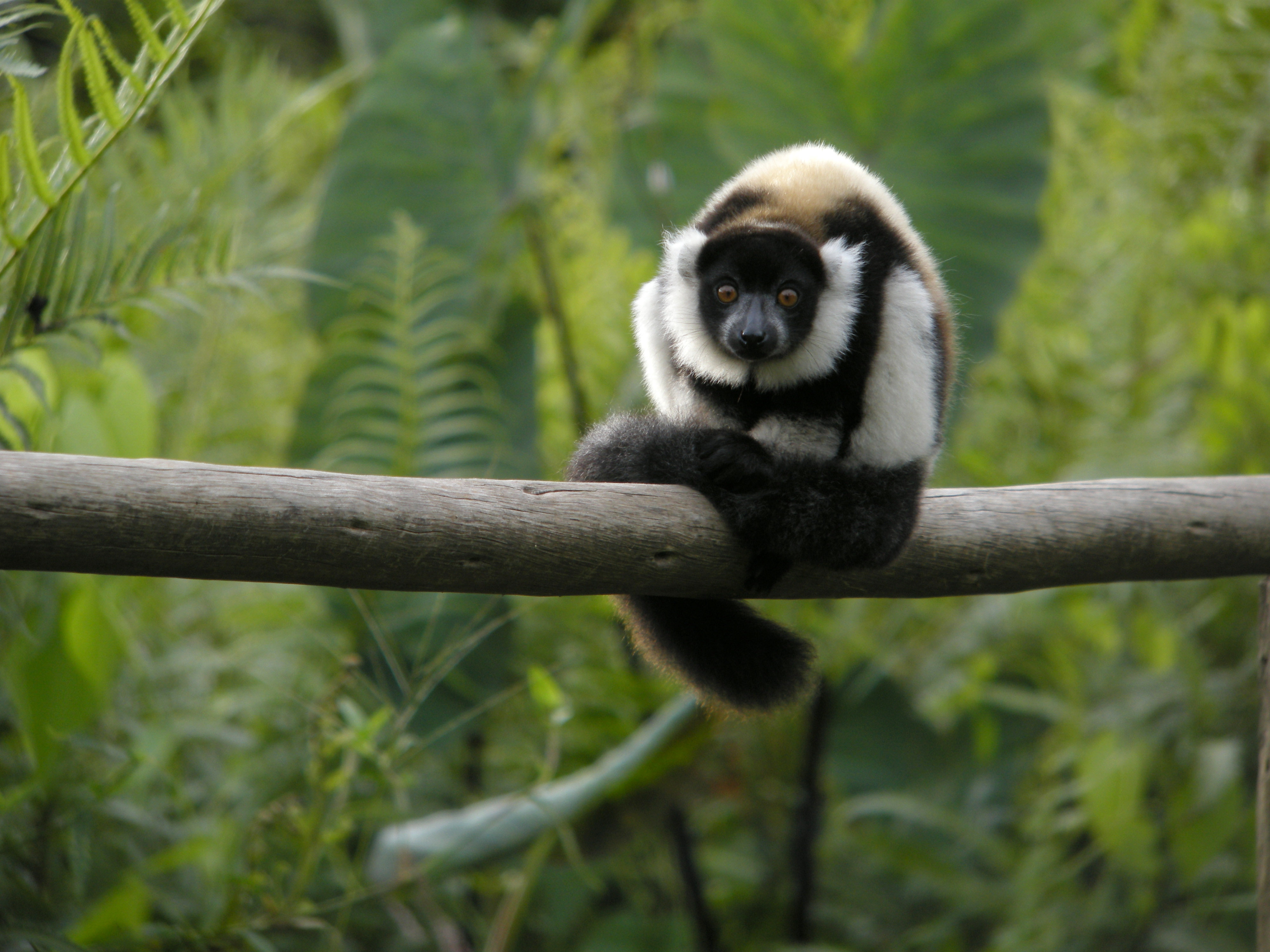
The Hidden Humanity Behind Mass Deforestation
By Brian Brooks
[divider]
[dropcap]A[/dropcap]s the sole endemic home of both blue-eyed black and red-ruffed lemurs, golden fossa, and the Malagasy giant chameleon with its boundless hues, the island of Madagascar is a living watercolor, with vibrant pigments quite literally unmatched anywhere on Earth. The breathtaking, ink-black Madagascar ebony and the deep-crimson bois de rose, two species of tree native to the island, tower over the country’s landscape and act as a wooden frame to the masterpiece that is Madagascar. At least, this might’ve been the case a few thousand years ago before humans set foot on the island and cut them all down.
Carbon dating shows a striking decline en masse of Madagascar’s large flora and fauna circa the arrival of Homo sapiens on the island over two millennia ago, including pygmy hippos, elephant birds, and giant tortoises. For many species, the ecosystems of Madagascar are their only habitat, a reality that distresses biological conservationists. Additionally, the lemurs of Madagascar are the most threatened mammalian clade in existence. Tavy, or slash-and-burn agriculture, was the original practice for food production on Madagascar, and not much has changed thousands of years later. The roots of tavy originate deep within Malagasy history and have sprouted economic dependence.
Madagascar is one of the ten poorest nations in the world, with an overwhelming majority surviving on less than 1.25 USD every day. “People are living any way they can,” Duke conservationist and 15-year Madagascar resident Charles Welch explained to me, “the Malagasy people in rural areas understand that tavy isn’t the best form of agriculture. They see the erosion, the sedimentation, and how it ruins the rice patties.” But they feel that there are few alternatives. When a Malagasy mother or father is faced with the decision to save a tree or to have the basic means to provide a meal for their family, the tree will unsurprisingly get the short end of the stick.
Further, demand from foreign markets created a lucrative business for the hunting of endangered species, including lemurs, and the illegal export of juvenile animals into the international black market of exotic pet trading and worse. Young tortoises, chameleons, and geckos are being stuffed into cotton socks for days to be smuggled past airport security and, even possibly, into the stomachs of wealthy buyers.
Though the sky may be shades of deep red, the sun hasn’t quite yet set for the wildlife of Madagascar. Conservationists protect local flora and fauna and teach the Malagasy people sound resource management; however, the process of reforestation can take centuries. Some anthropologists, like Alison Richard Ph.D., who performed research in Madagascar for four decades, even question the severity to which the island has been damaged. “Geologists don’t know how much vegetation was present before humans arrived,” she told me, “so it isn’t certain how much has actually been cleared.” The “pristine myth,” described by Yale archaeologist Kristina Douglass, states that “90% of the original forest has been decimated,” but this unfounded belief likely originated in the early 1900s from the psyche of French botanist Perrier de la Bâthie. A probable racist, he asserted that the Malagasy people simply had an “infantile urge to burn.”
Conservationists have also invested in health education and family planning for the people of Madagascar. This helps build trust and relationships between the local people and foreign conservationists. And trust means influence, which is just what these environmental groups want.
Malagasy people and environmental organizations are both following what they understand to be correct, but they have come to disparate conclusions. It’s curious, though. American conservationists are preaching to the Malagasy people to stop cutting down trees, a nonrenewable resource, yet they choose to fly to Madagascar in petroleum-powered planes. These environmental scientists must be well aware that dependence on fossil fuels is linked to global warming, acid rain, and extensive water pollution. It may seem as though the pot is calling the kettle black.
[hr]
Brian Brooks is a junior Ecology and Evolutionary Biology major in Ezra Stiles College. Contact him at brian.brooks@yale.edu.